-
 Bitcoin
Bitcoin $96,813.2912
-1.45% -
 Ethereum
Ethereum $2,683.4448
-2.00% -
 XRP
XRP $2.5794
-4.84% -
 Tether USDt
Tether USDt $1.0001
-0.02% -
 BNB
BNB $648.8226
-0.84% -
 Solana
Solana $171.6665
-1.37% -
 USDC
USDC $0.9999
0.00% -
 Dogecoin
Dogecoin $0.2467
-2.72% -
 Cardano
Cardano $0.7775
-3.41% -
 TRON
TRON $0.2391
-2.44% -
 Chainlink
Chainlink $17.7688
-2.62% -
 Sui
Sui $3.3561
-1.93% -
 Avalanche
Avalanche $24.6183
-1.40% -
 Stellar
Stellar $0.3290
-5.08% -
 Litecoin
Litecoin $128.7611
0.09% -
 Toncoin
Toncoin $3.6370
0.95% -
 Shiba Inu
Shiba Inu $0.0...01532
-1.08% -
 UNUS SED LEO
UNUS SED LEO $9.7430
0.12% -
 Hedera
Hedera $0.2127
-3.72% -
 Hyperliquid
Hyperliquid $24.8685
0.74% -
 Polkadot
Polkadot $5.1432
2.39% -
 MANTRA
MANTRA $7.5477
0.34% -
 Bitcoin Cash
Bitcoin Cash $319.2654
-1.53% -
 Ethena USDe
Ethena USDe $0.9979
-0.18% -
 Bitget Token
Bitget Token $4.7188
4.00% -
 Dai
Dai $0.9999
-0.03% -
 Uniswap
Uniswap $8.8745
-5.14% -
 Monero
Monero $231.7829
0.46% -
 NEAR Protocol
NEAR Protocol $3.3718
-1.01% -
 Pepe
Pepe $0.0...09394
-1.42%
How to prevent ransomware attacks?
To safeguard against ransomware attacks, consider strengthening network defenses with robust firewalls, instructing employees on secure practices, implementing regular backups, and utilizing endpoint security software, including antivirus and anti-malware programs.
Feb 20, 2025 at 10:25 pm

Key Points:
- Strengthen Network Defenses: Implement robust firewalls, intrusion detection systems, and access control measures.
- Educate and Train Employees: Enhance awareness of ransomware threats and educate staff on safe email and Internet usage.
- Implement Regular Backups: Ensure critical data is backed up offline or in cloud-based storage for easy recovery in case of an attack.
- Use Endpoint Security Software: Employ endpoint protection tools, such as antivirus and anti-malware software, to detect and neutralize potential threats.
Detailed Steps:
1. Strengthen Network Defenses:
- Utilize robust firewalls with intrusion detection and prevention capabilities to block unauthorized access to sensitive systems.
- Implement access control policies to restrict user privileges based on job responsibilities and limit lateral movement within the network.
- Regularly patch and update network devices and software to mitigate known vulnerabilities.
2. Educate and Train Employees:
- Conduct regular cybersecurity awareness training programs for employees.
- Inform them about phishing scams, social engineering techniques, and the potential consequences of clicking suspicious links or opening attachments.
- Reinforce best practices for secure password management, email verification, and physical device security.
3. Implement Regular Backups:
- Establish a comprehensive backup strategy for both local and cloud-based storage.
- Utilize automated backup tools to ensure data is backed up regularly and securely.
- Test backup procedures to verify their reliability and efficiency.
4. Use Endpoint Security Software:
- Deploy endpoint protection software, such as antivirus and anti-malware programs, on all connected devices.
- Configure these tools to automatically scan files and emails for potential threats.
- Regularly update endpoint security software to ensure it can detect and protect against the latest ransomware variants.
FAQs:
Q: What are the common ransomware attack vectors?
A: Ransomware typically spreads through phishing emails with malicious attachments, drive-by downloads from compromised websites, malicious advertisements, and social engineering techniques.
Q: How can I identify potential ransomware threats?
A: Look out for suspicious emails with urgent or sensational subject lines, misspelled sender addresses, and attachments from unknown senders. Avoid clicking on links or downloading attachments unless you are confident in their legitimacy.
Q: What should I do if I suspect a ransomware attack?
A: Disconnect the affected device from the network immediately. Report the incident to the relevant authorities and contact a cybersecurity expert for assistance. Do not attempt to pay the ransom as this may encourage further attacks and not guarantee recovery of data.
Disclaimer:info@kdj.com
The information provided is not trading advice. kdj.com does not assume any responsibility for any investments made based on the information provided in this article. Cryptocurrencies are highly volatile and it is highly recommended that you invest with caution after thorough research!
If you believe that the content used on this website infringes your copyright, please contact us immediately (info@kdj.com) and we will delete it promptly.
- From Yeezy to Web3: How Ye Could Shake Up Digital Ownership
- 2025-02-22 02:45:24
- Ohio man specs the ‘most expensive’ Corvette E-Ray with $50k upgrades
- 2025-02-22 02:45:24
- A Guide Book of United States Coins, 2026, 79th Edition
- 2025-02-22 02:45:24
- Viral Chart Sparks Speculation About China’s M1 Money Supply, but Analysts Debunk “Liquidity Injection” Theory
- 2025-02-22 02:45:24
- Is Pepeto the Shiba of 2025? This Presale Is Set to Explode!
- 2025-02-22 02:45:24
- Crypto Whales Actively Accumulate DeFi Tokens MKR, LDO, and Utility Token APE
- 2025-02-22 02:45:24
Related knowledge
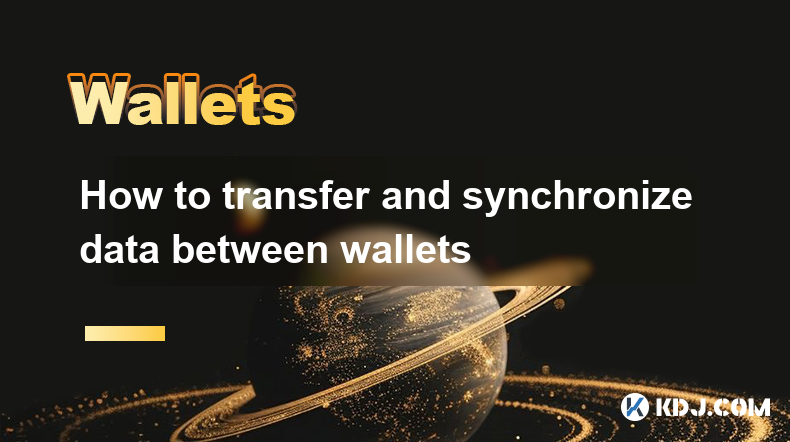
How to transfer and synchronize data between wallets
Feb 21,2025 at 12:25pm
Key Points:Understanding different wallet types and their capabilitiesIdentifying similarities and differences between walletsExploring options for transferring and synchronizing dataEnsuring data security and integrity during transferAddressing common challenges and troubleshooting tipsHow to Transfer and Synchronize Data Between Cryptocurrency Wallets...

Why do you need to understand Ethereum network congestion and gas fees?
Feb 21,2025 at 04:48am
Key PointsUnderstanding Ethereum Network Congestion and Gas FeesGas Fees ExplainedFactors Affecting Network CongestionStrategies for Minimizing Gas FeesImpact of Ethereum UpgradesUnderstanding Ethereum Network Congestion and Gas FeesThe Ethereum network is a decentralized platform that hosts a vast ecosystem of decentralized applications (dApps), non-fu...
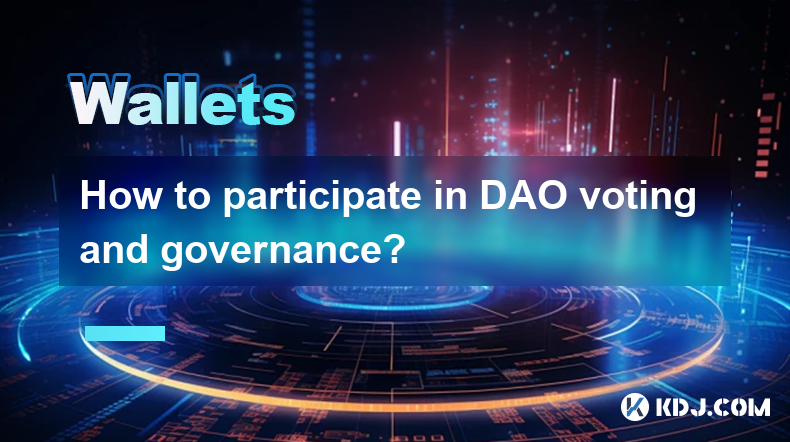
How to participate in DAO voting and governance?
Feb 21,2025 at 03:42pm
Key Points:Overview of DAO Voting and GovernanceUnderstanding DAO Structures and MembershipRole of DAO Tokens and Voting RightsParticipating in Voting and Proposal SubmissionLeveraging Governance Tools and PlatformsImpact of Voting Participation on DAO OutcomesBest Practices for Effective DAO GovernanceHow to Participate in DAO Voting and Governance1. U...
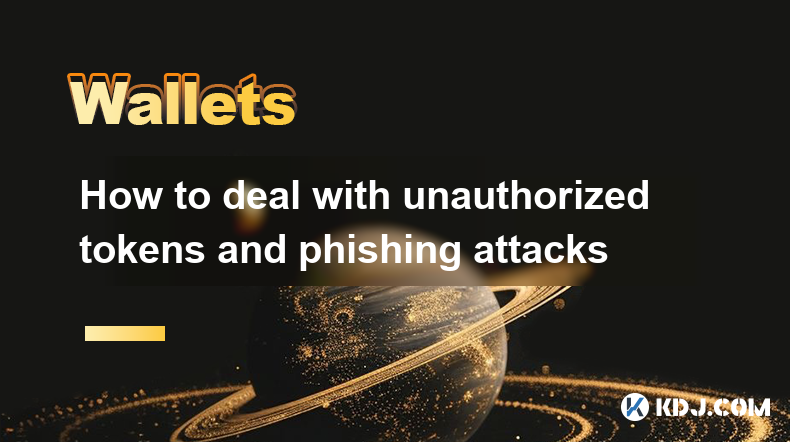
How to deal with unauthorized tokens and phishing attacks
Feb 21,2025 at 05:25am
Dealing with Unauthorized Tokens and Phishing Attacks in the Cryptocurrency CircleThe cryptocurrency market is rife with potential dangers, including unauthorized tokens and phishing attacks. To protect yourself from these threats, it's crucial to take proactive measures and be vigilant in your online activities.Key Points:Unauthorized Tokens: Tokens cr...
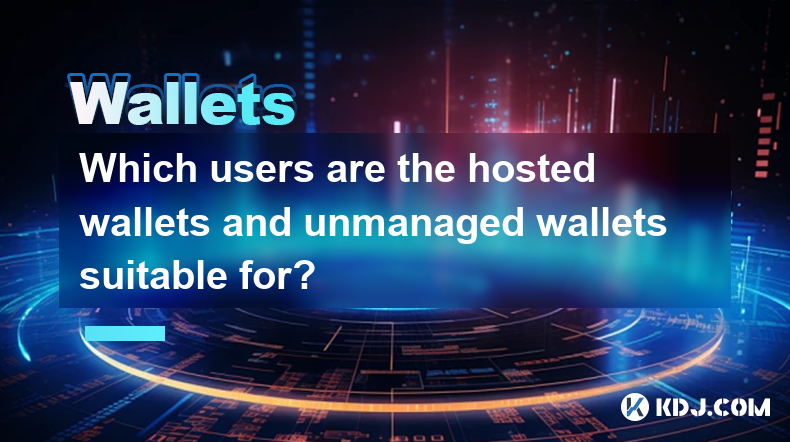
Which users are the hosted wallets and unmanaged wallets suitable for?
Feb 21,2025 at 12:00am
Key PointsDefinition and Characteristics of Hosted Wallets and Unmanaged WalletsAdvantages and Disadvantages of Hosted Wallets and Unmanaged WalletsDetermining Suitability for Hosted Wallets and Unmanaged WalletsExamples of Hosted Wallets and Unmanaged WalletsFrequently Asked Questions and AnswersHosted WalletsDefinition: A hosted wallet is a cryptocurr...
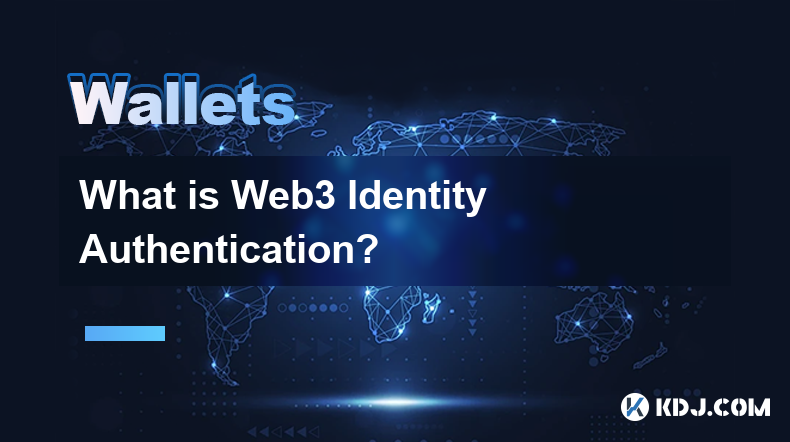
What is Web3 Identity Authentication?
Feb 21,2025 at 06:12am
Key Points:Web3 identity authentication revolutionizes online identity management.Decentralized Identifiers (DIDs) and Verifiable Credentials (VCs) provide secure and privacy-enhancing alternatives to traditional methods.Self-sovereign identity enables individuals to fully own and control their digital identities.Blockchain technology underpins Web3 ide...

How to transfer and synchronize data between wallets
Feb 21,2025 at 12:25pm
Key Points:Understanding different wallet types and their capabilitiesIdentifying similarities and differences between walletsExploring options for transferring and synchronizing dataEnsuring data security and integrity during transferAddressing common challenges and troubleshooting tipsHow to Transfer and Synchronize Data Between Cryptocurrency Wallets...

Why do you need to understand Ethereum network congestion and gas fees?
Feb 21,2025 at 04:48am
Key PointsUnderstanding Ethereum Network Congestion and Gas FeesGas Fees ExplainedFactors Affecting Network CongestionStrategies for Minimizing Gas FeesImpact of Ethereum UpgradesUnderstanding Ethereum Network Congestion and Gas FeesThe Ethereum network is a decentralized platform that hosts a vast ecosystem of decentralized applications (dApps), non-fu...

How to participate in DAO voting and governance?
Feb 21,2025 at 03:42pm
Key Points:Overview of DAO Voting and GovernanceUnderstanding DAO Structures and MembershipRole of DAO Tokens and Voting RightsParticipating in Voting and Proposal SubmissionLeveraging Governance Tools and PlatformsImpact of Voting Participation on DAO OutcomesBest Practices for Effective DAO GovernanceHow to Participate in DAO Voting and Governance1. U...

How to deal with unauthorized tokens and phishing attacks
Feb 21,2025 at 05:25am
Dealing with Unauthorized Tokens and Phishing Attacks in the Cryptocurrency CircleThe cryptocurrency market is rife with potential dangers, including unauthorized tokens and phishing attacks. To protect yourself from these threats, it's crucial to take proactive measures and be vigilant in your online activities.Key Points:Unauthorized Tokens: Tokens cr...

Which users are the hosted wallets and unmanaged wallets suitable for?
Feb 21,2025 at 12:00am
Key PointsDefinition and Characteristics of Hosted Wallets and Unmanaged WalletsAdvantages and Disadvantages of Hosted Wallets and Unmanaged WalletsDetermining Suitability for Hosted Wallets and Unmanaged WalletsExamples of Hosted Wallets and Unmanaged WalletsFrequently Asked Questions and AnswersHosted WalletsDefinition: A hosted wallet is a cryptocurr...

What is Web3 Identity Authentication?
Feb 21,2025 at 06:12am
Key Points:Web3 identity authentication revolutionizes online identity management.Decentralized Identifiers (DIDs) and Verifiable Credentials (VCs) provide secure and privacy-enhancing alternatives to traditional methods.Self-sovereign identity enables individuals to fully own and control their digital identities.Blockchain technology underpins Web3 ide...
See all articles





















































































